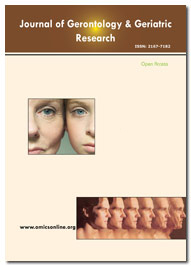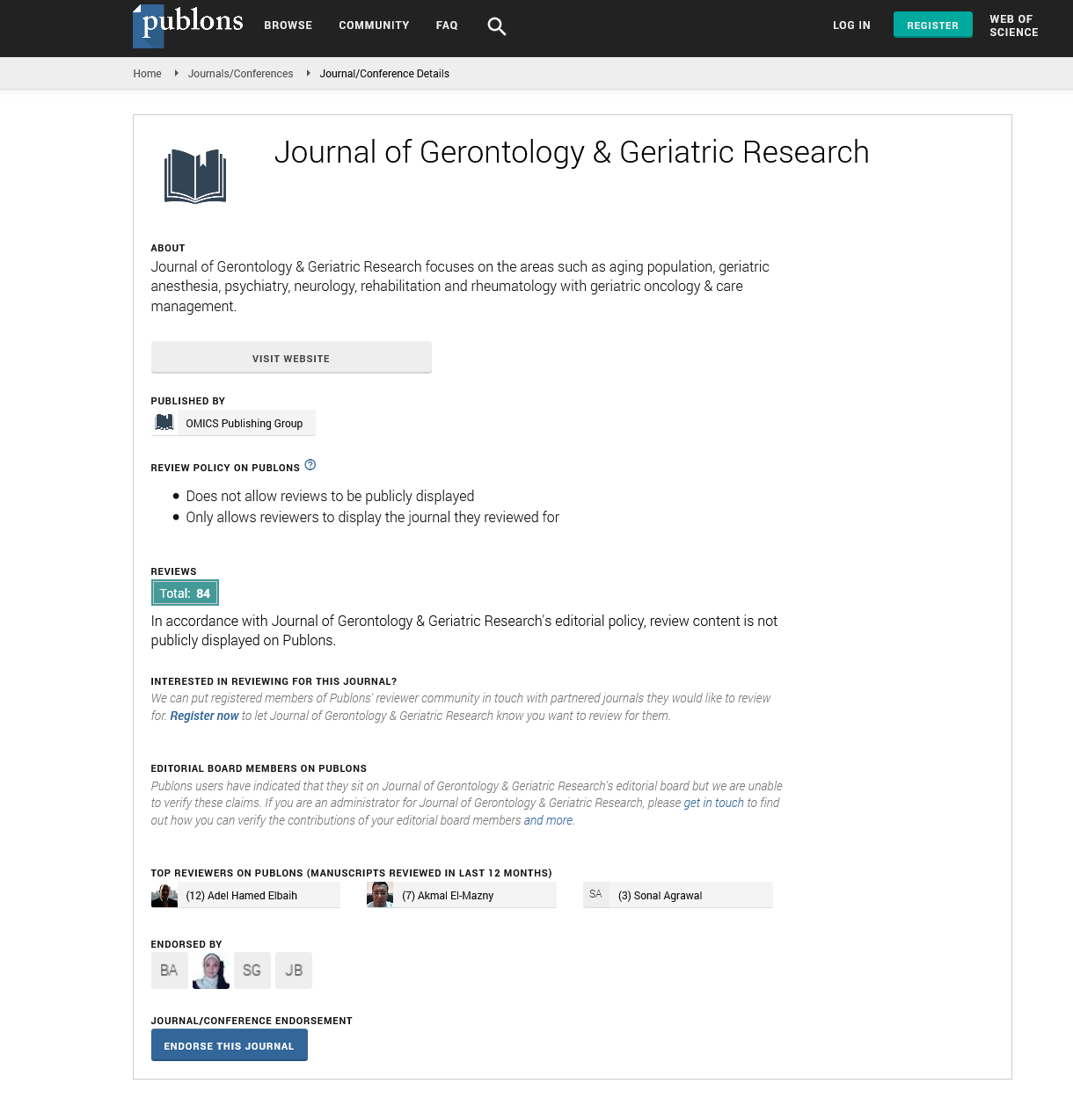PMC/PubMed Indexed Articles
Indexed In
- Open J Gate
- Genamics JournalSeek
- SafetyLit
- RefSeek
- Hamdard University
- EBSCO A-Z
- OCLC- WorldCat
- Publons
- Geneva Foundation for Medical Education and Research
- Euro Pub
- Google Scholar
Useful Links
Share This Page
Journal Flyer

Open Access Journals
- Agri and Aquaculture
- Biochemistry
- Bioinformatics & Systems Biology
- Business & Management
- Chemistry
- Clinical Sciences
- Engineering
- Food & Nutrition
- General Science
- Genetics & Molecular Biology
- Immunology & Microbiology
- Medical Sciences
- Neuroscience & Psychology
- Nursing & Health Care
- Pharmaceutical Sciences
COST UTILITY ANALYSIS OF LONG ACTING BETA AGONISTS VERSUS LEUKOTRIENE RECEPTOR ANTAGONISTS IN OLDER ADULTS WITH ASTHMA RECEIVING CONCOMITANT INHALED CORTICOSTEROID THERAPY
4th International Conference on Geriatrics & Gerontological Nursing
October 3-4, 2016 | London, UK
Shoroq M Altawalbeh, Joshua M Thorpe, Carolyn T Thorpe and Kenneth J Smith
Jordan University of Science and Technology, Jordan
University of Pittsburgh, USA
Center for Health Equity Research and Promotion, USA
University of Pittsburgh, USA
Scientific Tracks Abstracts: J Gerontol Geriat Res
Abstract:
Long acting beta agonists (LABA) and leukotriene receptor antagonists (LTRA) are the major add-on treatments in older adults with persistent asthma when inhaled corticosteroids (ICS) fail to achieve adequate asthma control. The aim of this study was to evaluate the cost-utility of ICS+LABA compared with ICS+LTRA in older adults with asthma. A Markov model was developed to estimate the incremental costs and quality adjusted life expectancy associated with ICS+LABA versus ICS+LTRA in older adults with asthma in the US from the health system perspective. HCUPnet 2010 national statistics were utilized to extract the costs associated with asthma and cardiovascular hospitalizations, and inpatient mortality associated with these events. Event probabilities were predicted using Medicare 2009-2010 claims for asthmatic older adults. Treatment costs were estimated based on average wholesale drug price listings and utility estimates were extracted from the literature. To account for uncertainty, one-way sensitivity analysis and probabilistic sensitivity analysis was performed. The model predicted that, compared with ICS+LTRA treatment, ICS+LABA treatment costs $5,823 more while gaining 0.03 quality-adjusted lifeyears (QALYs), resulting in an incremental cost-effectiveness ratio (ICER) of $209,090 per QALY. Hospitalization probabilities and post hospitalization utilities were the most influential parameters in one-way sensitivity analysis. Probabilistic uncertainty analysis using Monte Carlo simulations showed that the probabilities that ICS+LTRA is cost effective compared to ICS+LABA are 77% and 62% at $50,000 and $100,000 per QALY gained willingness-to-pay thresholds, respectively. Overall, the cost effectiveness of ICS+LABA treatment is economically unfavorable in the older adults when compared to LTRA as add-on treatment.
Biography :
Shoroq Altawalbeh has been graduated from Jordan University of Science and Technology (JUST) with a Doctor of Pharmacy degree in 2010. After graduation, she worked as a teacher and research assistant at the Faculty of Pharmacy/JUST in a position of clinical pharmacy training preceptor at King Abdullah University Hospital/Intensive & Critical Care Units. Later on, she joined the PhD program in Uinversity of Pittsburgh/School of Pharmacy where she got her official training in pharmaceutical outcomes and policy research, and got her degree in 2015. Presently she has been working as an assistant professor at JUST/School of Pharmacy.
Email: SHA55@pitt.edu

